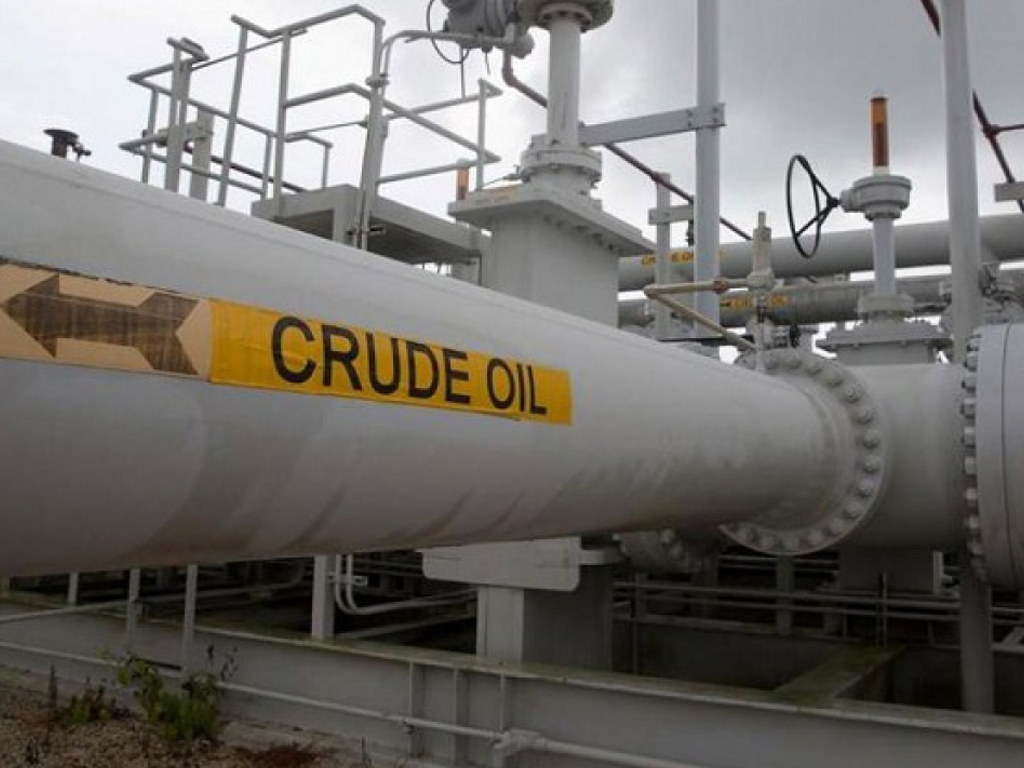Oil rises more than 1pc but sets biggest weekly loss of 2019

NEW YORK: Oil prices climbed more than 1% on Friday ahead of long US and UK holiday weekends, but posted the biggest weekly drop of the year, pressured by rising inventories and worries about the global economy.
Brent crude rose 93 cents, or 1.4%, to settle at $68.69 a barrel, but the global benchmark notched a weekly decline of about 4.5%.
US West Texas Intermediate crude rose 72 cents, or 1.2%, to end at $58.63 a barrel. It notched a weekly decline of about 6.4%, its steepest since December.
US crude was pressured by climbing inventories, which are at their highest nationwide since July 2017 and at the highest since December 2017 at the Cushing, Oklahoma, delivery hub for the US benchmark.
Economic worries fed by US-China trade tensions have hit global markets, with the MSCI All Country index headed for a weekly fall exceeding 1%, its third week in the red.
"US businesses affected by the increased tariffs will be making decisions regarding purchases, inventories, etc., that are apt to force some downshifts in the US economic growth path that could have implications for US oil demand," Jim Ritterbusch, president of Ritterbusch and Associates, said.
"A decline below our expected next support level of $56 (for WTI) will likely associate with a further plunge in equities that would be heavily related to unresolved trade issues between the US and China ... volatility across all markets will be heightened until some significant trade progress is seen."
Markets will be closed on Monday in Britain for the Spring Bank Holiday and in the United States for the long Memorial Day holiday weekend, start of summer vacation driving season. Motorist group AAA expects the second-highest Memorial Day weekend travel volume since it began keeping track in 2000.
"Despite a rising national gas price average that is inching closer to the $3 per gallon mark, the vast majority of holiday travelers will drive to their destinations," AAA said last week.
Rising US crude production has also weighed on oil prices. A shale boom has helped make the United States the biggest oil producer in the world, ahead of Saudi Arabia and Russia.
Weekly US rig count data, an indicator of future output, showed US energy firms this week reduced the number of oil rigs operating for a third week in a row.
But the United States is still projected to reach the 13 million barrels per day (bpd) milestone in the fourth quarter, according to the US Energy Information Administration (EIA).
Broadly, supply cuts - both voluntary and those resulting from US sanctions - have kept a floor under prices and some analysts expect the market to recover.
The Organization of the Petroleum Exporting Countries and allies including Russia, an alliance known as OPEC+, has been cutting supply to tighten the market and support.
US sanctions on OPEC members Iran and Venezuela have curbed their crude exports, reducing supplies further.
Brent's price structure remains in backwardation, with prices for prompt delivery higher than those for later dispatch, suggesting a tight balance between supply and demand.
"It is reasonable to doubt whether Saudi Arabia will be willing to step up its output given the latest decline in prices," analysts at Commerzbank said. "We therefore expect to see higher oil prices again in the near future."

















Comments
Comments are closed.